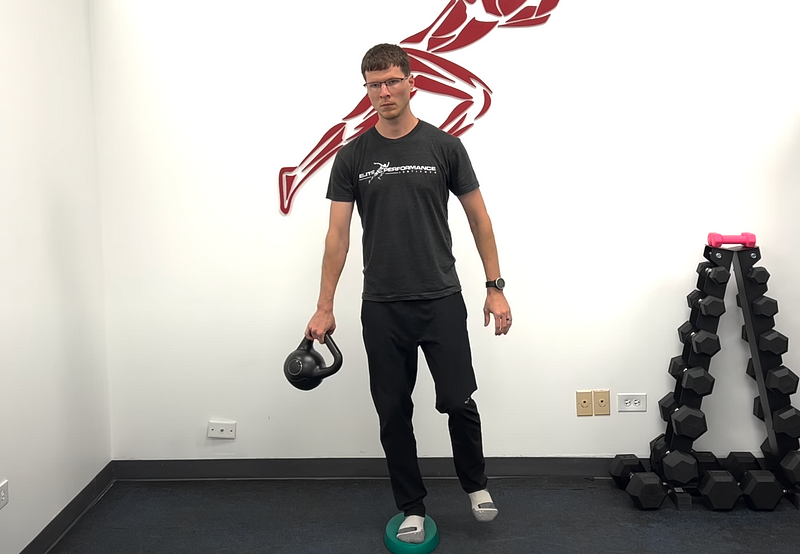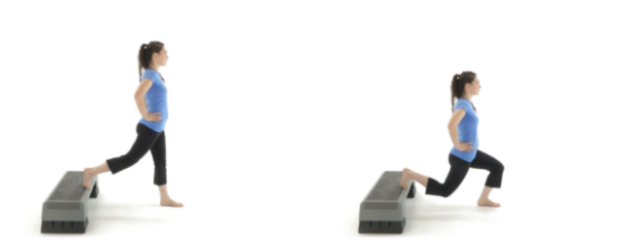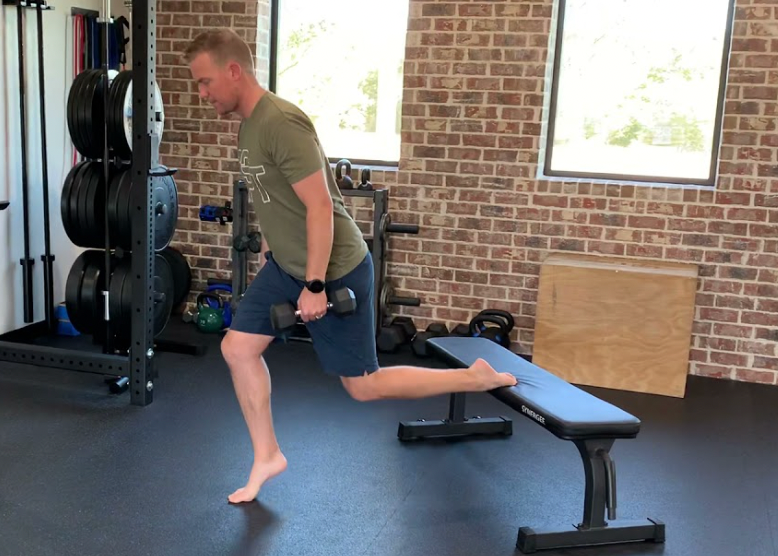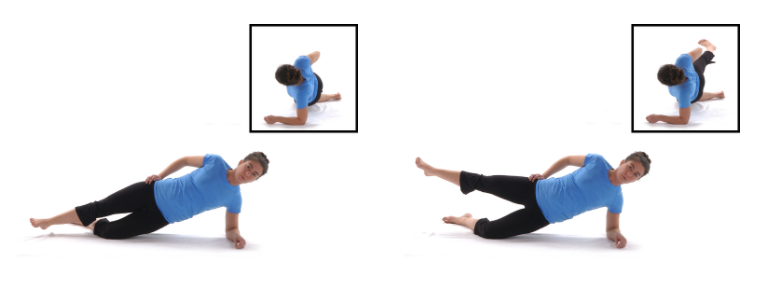Maximize Your Running Performance with Single-Leg Strength
Written on
Chapter 1: Understanding Single-Leg Strength for Runners
Running is inherently a single-leg activity. The power, stability, and strength you possess while standing on one leg significantly influence your performance and success as an athlete. Surprisingly, many runners neglect unilateral exercises, opting instead for compound movements like squats and deadlifts. While these exercises are beneficial, it’s crucial to incorporate single-leg training into your routine.
The most successful runners tailor their strength training to their sport and actively work on their weaknesses. If your gym sessions aren't challenging you, it might be time to reassess your approach.
Among the numerous unilateral exercises available, I will focus on five that specifically target the most vulnerable joints and tissues, which are prone to injury. By integrating these exercises into your weekly regimen, you can significantly reduce the risk of injuries and imbalances in your running. Committing to even a short routine once or twice a week can yield substantial improvements in your performance!
Before we delve into these exercises, I recommend consulting with your healthcare provider if you have any existing injuries or health concerns that could impact your training. While the following movements are generally safe and suitable for most individuals, modifications may be necessary based on your fitness level or health history. Always remember to warm up beforehand.
Mastering Single-Leg Strength to Enhance Your Gait
This list is derived from my personal experience as a gym enthusiast and kinesiologist, focusing on exercises that require minimal equipment. While I can't guarantee these are the best options for everyone, I believe they will improve your running and overall health if performed consistently with correct form.
#### 1) Single-Leg Around the Worlds

Application: 8–10 reps/direction/side
Cues: Stand on one leg while holding a dumbbell or kettlebell in one hand. Maintain balance as you slowly move the weight around your body, transferring it between hands. Keep your hips level and gaze straight ahead. To enhance the exercise, press your big toe into the ground to engage the plantar muscles. This is more challenging than it seems! For an extra challenge, rise into a calf raise position.
#### 2) Bulgarian Split-Squats

Application: 2 x 10–15 reps/side
Cues: Position your back toes on a step and lower your body, keeping most of your weight on the front leg. Ensure your feet are adequately spaced to allow your knee to track over your toes. Adjust your foot positioning if your hip flexors feel excessively strained. To increase the intensity, use a higher step, add weights, or increase the number of repetitions. For an easier variation, use a lower step or a wall for support.
#### 3) Isometric Calf Raise Hold (Elevated)

Application: 3 x 20–30 seconds/side
Cues: Begin in the Bulgarian split squat position with your back leg elevated. Optionally hold weights. Elevate your front foot and hold it steady, avoiding any movement. This exercise targets the ankle area, which may fatigue quickly if you're not accustomed to it. To progress, bend your knees further to increase load on the elevated foot.
#### 4) Anterior Step-Down

Application: 2 x 10–12 reps/side
Cues: Stand on a riser or curb with one foot firmly planted. Bend your knee to lower the opposite leg toward the ground, lightly tapping your foot before returning to the starting position. Focus on maintaining contact with the planted foot to enhance ankle mobility. If you find this difficult, use a wall for balance.
#### 5) Modified Side Plank with Leg Raise

Application: 2 x 10–15 reps/side
Cues: Position your body in a straight line, supported by your knee and forearm. Keep your neck relaxed. To perform a rep, lift and lower the top leg while maintaining slight inward rotation. Avoid jerking the leg; instead, focus on a smooth, controlled motion. This exercise is particularly beneficial as it trains your body to stabilize in a different plane of movement than running.
Video Demonstrations
This video features a 10-minute single-leg strength workout designed for runners, providing a follow-along routine to enhance your training.
In this video, learn about single-leg strength training specifically tailored for marathon runners, focusing on improving performance and injury prevention.
In Conclusion,
To truly enhance your running capability, embracing single-leg training is essential. While it may require more time and effort, this targeted approach will significantly strengthen your muscles, reduce injury risk, and improve your overall performance in running and other physical activities. With just 10 minutes of dedicated training, you can optimize the functionality of the joints and tissues crucial for being a fast and safe runner.
Are you ready to elevate your strength training? You’ve got this!
-DavidLiira.Kin